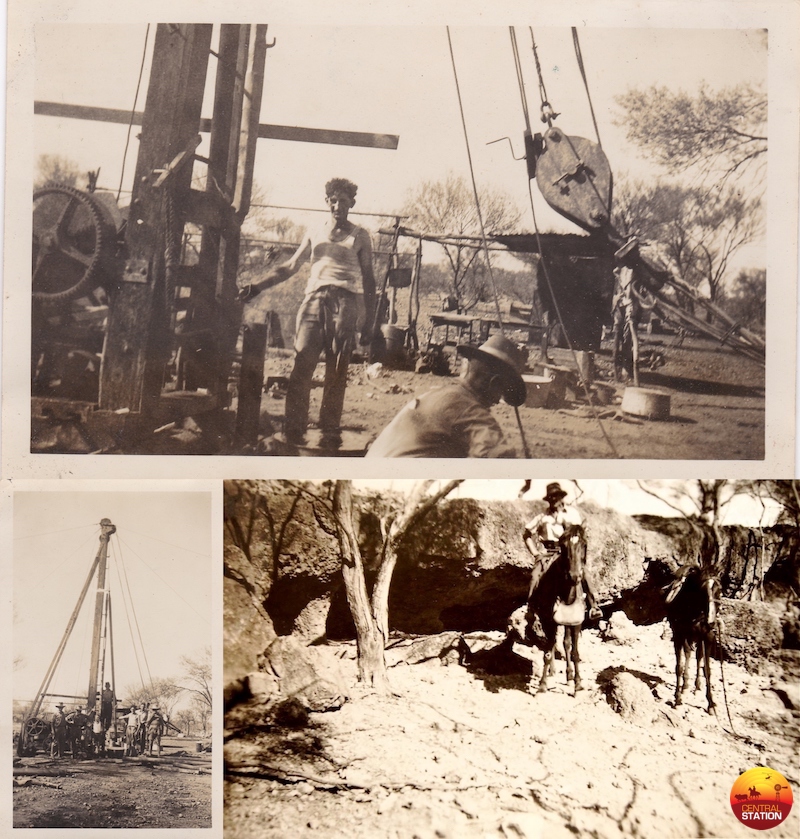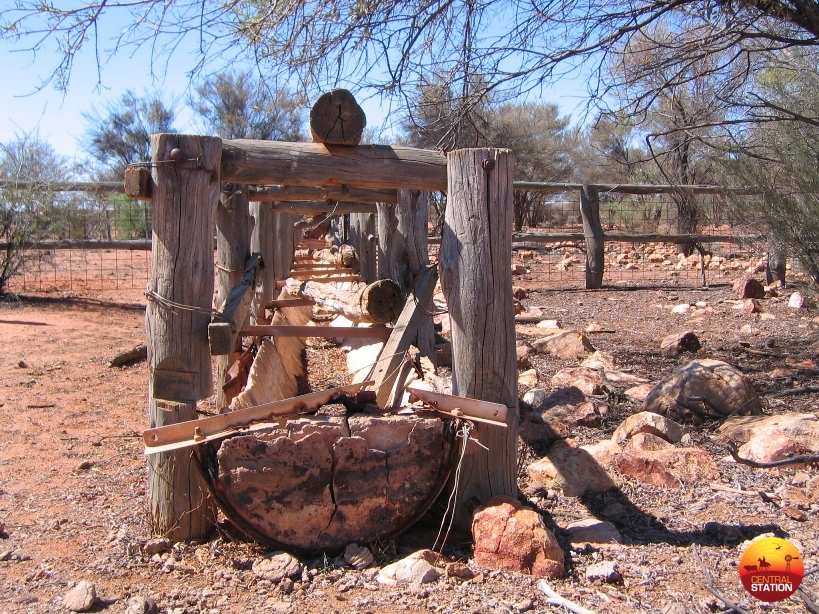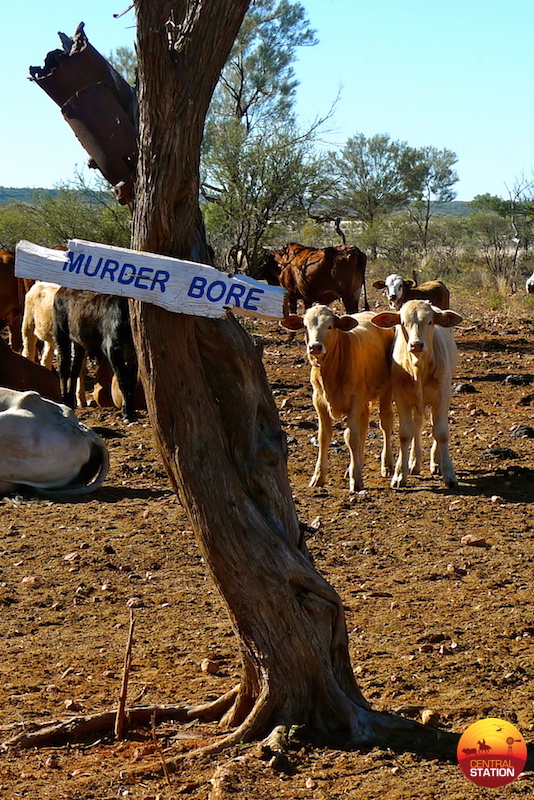Murderer’s bore
Host: Kilcowera Station
Written by Toni Sherwin, Station Owner
Kilcowera Station offers accommodation, camping and tours. Learn more here.
In the early 1940’s a horrific murder was carried out on Kilcowera, the murderer, James Callaghan was caught and sentenced to life imprisonment. This fascinating case was the first one in Australia where a conviction was made solely on forensic evidence. It was also the springboard for Detective Sergeant Bischof who later became Commissioner of Police in Qld. This is the story:
In November 1940, the contractor, James Callaghan was putting down a bore on a station west of Cunnamulla in Queensland. The contractor was heavily in debt and was being paid a shilling a foot for the bore and claimed from the station owner for 910 feet, although he had only bored 442 feet. He owed his assistant William John Groves, aged 65, a considerable sum in wages. To avoid this debt and to prevent the assistant telling the correct depth, the contractor murdered him.

The body was put on a heap of dead mulga, three or four feet high and a fire started. It burnt for five hours by which time the body was consumed except for the bones. These were collected in a bag, broken up by smashing them with a rock and then the fragments were put down the borehole.
Twenty-six days later the police, investigating the man’s disappearance, withdrew material from the bottom of the bore by means of a sand pump and obtained small pieces of bone and charcoal and this material was submitted to Dr. Derrick for examination. There were hundreds of pieces of bone, the largest being 1 inch long. Five small pieces were found to fit together exactly and these were glued together and the reconstructed piece was definitely recognisable as part of a human femur and it included part of the linea aspera. This fragment was compared with animal bones and did not correspond with any, since the linea aspera is a very distinctive human characteristic. This piece of bone was an important link in the chain of evidence. The production of a piece of human femur implies, in the absence of skilled surgery, the death of its original owner.
Other bone fragments were more or less recognizable as human. Some of the skull fragments might have been proved human by tedious comparison but this was not necessary. A root of a tooth was present and this was probably human, but of course, it did not imply the death of its owner. The murderer was convicted and sentenced to life imprisonment.

Old trough at Murderer’s Bore.
But the interest in Murderers Bore lingers on. About 1990 some misguided soul dropped a large rock down the bore hole and effectively clogged up the bore thereby making it useless as a stock watering point. A few years after that some Queensland Museum guys were visiting Kilcowera and seeing the original drilling rig used by James Callaghan sitting in isolated splendour alongside the borehole, asked if we would like to donate it to the museum. So feeling very important, we agreed and in due course they came back with a truck and took it away.
Since then we have started our tourist business and realise what a valuable asset we gave away. And to rub salt into the wound – the rig has never been displayed but is evidently sitting in a big shed in Brisbane gathering dust. A lovely old lady tracked it down for us and took some rather blurry photos and sent them to us.
In the intervening years we have had some wonderful visitors who have given us much more information on the grisly murder. The story made it into a book on Outback Murders, another bloke who grew up with the story gave us lots of newspaper clippings reporting the story of the murder and subsequent trial. Other people have made the trip out here just to see the site of the tragedy and experience the isolation of the bore.
The last of these visitors was Jean, an 84 year old cougar with her toyboy aged a mere 72. Jean was living at Boorara Station at the time of the murder and was about 13, she met Callaghan on numerous occasions and also met the poor bloke who was killed, William John Groves. But best of all Jean gave us her old photo album showing the bore being drilled, the trucks used to cart the equipment to the bore site and pictures of the two men involved. She was happy to give the album to us as she said no one in her family was interested and would just throw the album out when she died. She was also thrilled to have the opportunity to visit her old stomping ground once more and we were very grateful that she did and will treasure her photographs as part of Kilcowera’s history.

Cows and calves at Murderer’s Bore.
